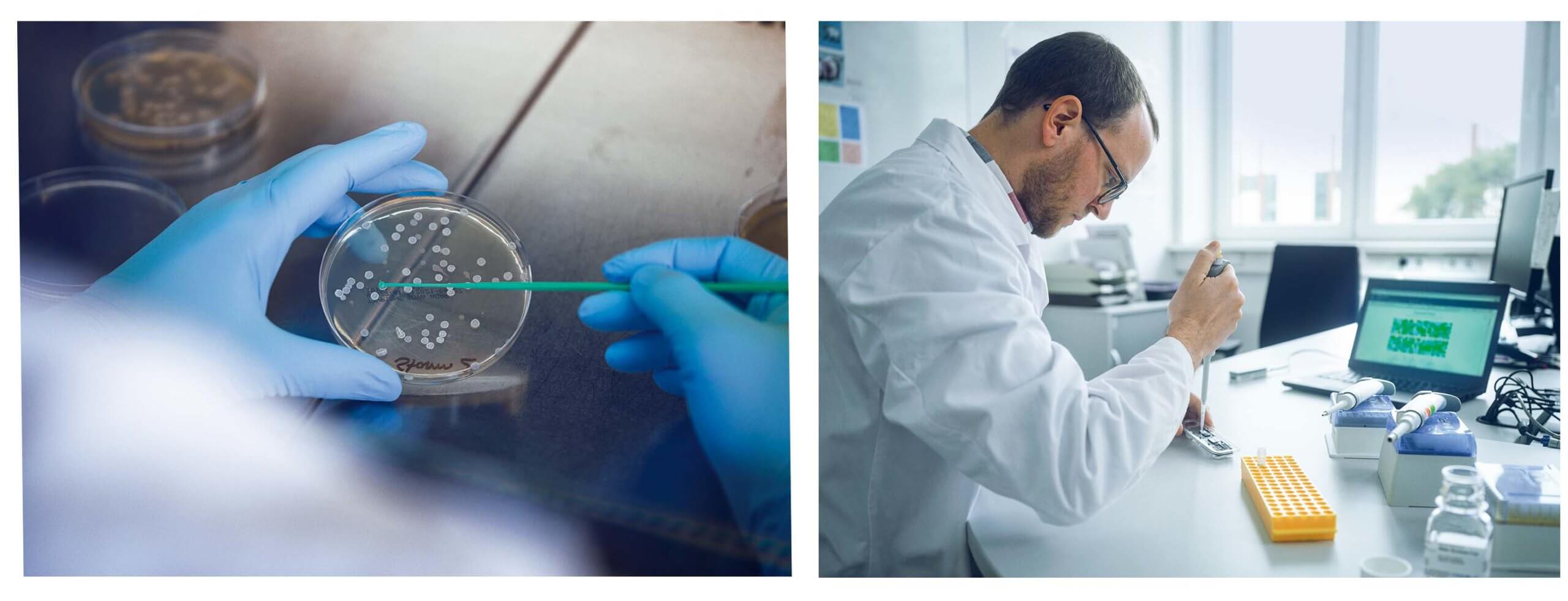
Omega-3 fatty acids
Small Algae, Big Effect
Many people do not consume enough omega-3 fatty acids. What can help? Microalgae from the ocean.

Foresight
The future of nutrition
From cultivated meat to microbiome tuning: What kinds of innovations in the field of nutrition are researchers developing all over the world?

Nutrition
A Plentiful and Sustainable Diet
Nearly ten billion people will be living on the planet in 2050—but what will all these people eat?

Healthy nutrition
Custom-made meals
Everyone’s different: In an interview, Professor Christian Sina calls for personalized nutrition.
ELEMENTS Newsletter
Get fascinating insights into the research Evonik is conducting, and its social relevance, by subscribing to our free newsletter.





